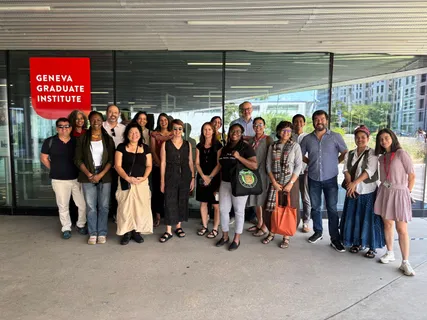
Troubling Accounts: the relations, politics and ethics of reckoning climate and environmental change, Geneva June 17-19, 2025
Participating in enriching discussions about the ethics and politics of environmental accounting at a conference in Geneva.
I am a Peruvian anthropologist interested in the histories, politics and emerging futures of tropical rainforests, both in Amazonia and elsewhere. Drawing on science and technology studies, media theory, anthropology, geography and history, I teach and write on topics such as global environmental governance, the politics of technical expertise and the rise of planetary knowledge infrastructures in the context of climate change and biodiversity loss.
My current book manuscript, Calculating Amazonia: the politics of calculation in the age of climate change and biodiversity loss, examines how the transformation of tropical rainforest governance in the context of the global environmental crisis is triggering different kinds of political and epistemic controversies around the definition of mundane technical objects such as lines, volumes, points and polygons.
By following the activities of state engineers, land surveyors, Indigenous peoples, loggers and other human and nonhuman actors, Calculating Amazonia traces how the rising planetary push to render tropical rainforests into spaces of calculative transparency and accountability ultimately fuels epistemic and aesthetic struggles over the conditions by which different objects of environmental concern such as tropical timber or Indigenous territories are to be measured, calculated, aggregated and visualized at local and planetary scales.
My work has been funded by the Wenner-Gren's Dissertation Fieldwork Grant, the SSRC's International Dissertation Fieldwork Grant, the NSF's Cultural Anthropology Program, and the Explorer's Club's Exploration Fund Grant.
Currently, I serve as an Assistant Professor in the Institute for the Study of International Development and as an Associate Member in the Department of Anthropology at McGill University.


Participating in enriching discussions about the ethics and politics of environmental accounting at a conference in Geneva.
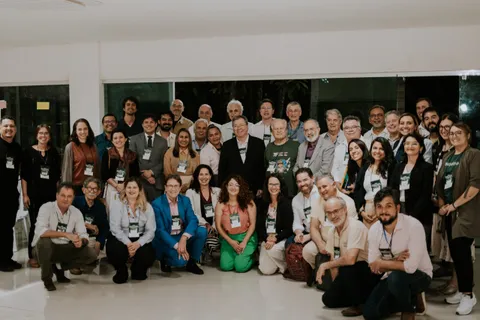
Description of the event
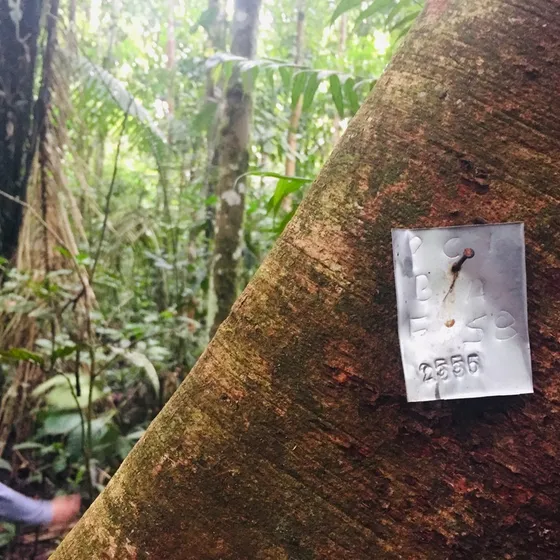
I am interested in understanding how the governance of tropical rainforests is being transformed in the context of climate change and biodiversity loss. As the global environmental crisis leads governments, corporations and multilateral institutions to increase the availability of funds, technology transfers and policy changes to guarantee the survival of Amazonia as one of the largest biodiversity hotspots and carbon sequestration biomes in the world, I wonder about how the rapid transformation of the regimes of environmental governance in the region are changing the possibilities of human and nonhuman life in Amazonian environments.
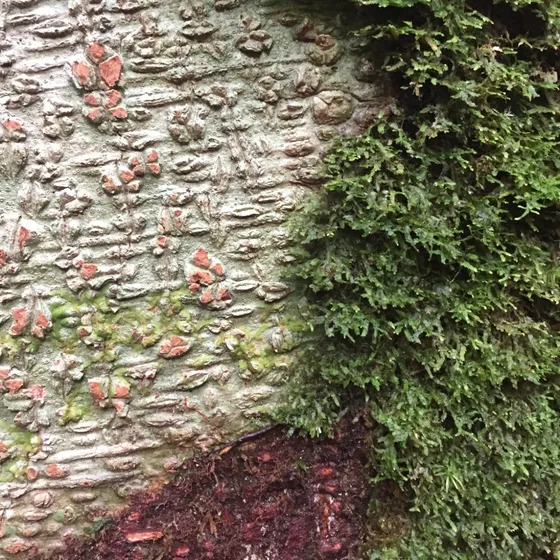
If the late modern era centered political deliberation in the figure of the white urban subject and its authoritative forms of expert knowledge, my work asks what new forms of political governance, expert knowledge and democratic coexistence can be cultivated once we approach more-than-human life through the existential predicaments opened by our time of climate change and biodiversity loss. How can trees, rivers or wetlands become allies to think about environmental governance, economic development and democratic consensus in new ways?
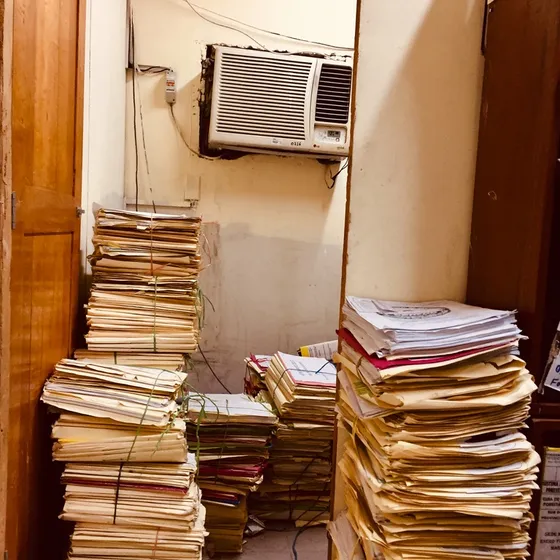
If technical authority and expertise have been traditional cornerstones of modern bureaucratic rule, my scholarship aims to contribute to a large conversation that thinks in political terms about the everyday work of experts, bureaucrats and technical authorities. In particular, I want to understand mundane technical objects – lines drawn on maps, or timber volumetric calculations written down on paper – as abstract representations of the world that are not the sole creation of technical authorities, but that actually bring together a vast constellation of human and nonhuman actors in Amazonia. Further, I am interested in thinking about their existence politically, that is, as more than just neutral and objective representations of the world. I believe this mode of critique is fundamental for cultivating healthier and more sustainable relations between technical knowledge and democratic deliberation in today’s world.
McGill University
University of Southern California - Department of Anthropology
University of Southern California - Society of Fellows in the Humanities
University of Southern California - Center on Science Technology & Public Life Center for Latinx & Latin American Studies
Columbia University in the City of New York - sAnthropology
University of Georgia, Athens Ecological and Environmental - Anthropology
Working on state and NGO projects related to environmental conservation, Indigenous rights and sustainable development in Peruvian Amazonia
Pontifical Catholic University of Peru - Anthropology
Drop a line if you want to get in touch with me!